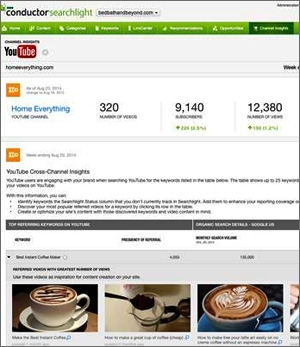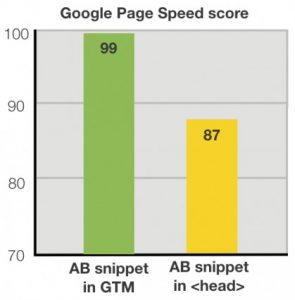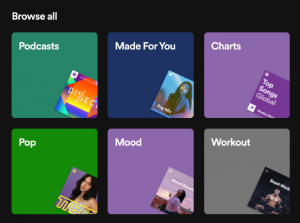by Laurie Sullivan, November 04, 2014

One of the biggest problems content marketers have is the inability to determine return on investment. They want to make content, but they don’t know the worth. Content may earn Facebook Likes or shares or Twitter tweets, but do people who read the tweets buy the items? One company has built a method it calls content attribution.
Conductor recently released three features in its Web Presence Management platform that founder Seth Besmertnik believes will change search engine optimization. He calls it content attribution through Content Mapping, Channel Insights for YouTube, and Search Experience Tracking.
It allows marketers to build a waterfall. For early-stage content marketers need to look at visits; late-stage content, revenue; and consideration, conversions. As traffic builds, the platform allows marketers to see how it affects revenue.
Content Mapping gives marketers the ability to segment content into personas and buyer-journey stages. “Then we give you a map,” Besmertnik said. The map breaks down into three stages: Awareness, “I need a thermometer to cook meat”; consideration, “What type of thermometer should I buy?”; and decision, “Where do I buy the thermometer.”
Brands can’t always buy customers with discounts and rewards. It’s not always easy getting consumers to visit a company’s Web site. And it can become downright overwhelming when thinking about different types of channels like video and the research during different stages in the buyer’s journey.
Channel Insights for YouTube begins to give marketers insight into the views, the subscribers, and more, providing an understanding of high-level performance of the channel. More than that the tool gives marketers a cross-channel view — how often do people search on the topic of the video and do they serve up in YouTube and Google search results. “About 75% of our customers actively use YouTube channels,” Besmertnik said.
Search Experience Tracking enables marketers to see how content will perform on specific devices before sending it out into the wild. Marketers can see that when someone in Oakland searches for a nearby hotel on a tablet the list that will serve up in Google’s Carousel. The platform tells marketers what serves up for any specific search in 500 cities on three device types. It shows local carousels, knowledge packs, news articles videos and images.
Seth said it aims to help marketers understand their ROI on content.
MediaPost | SearchBlog
(329)




